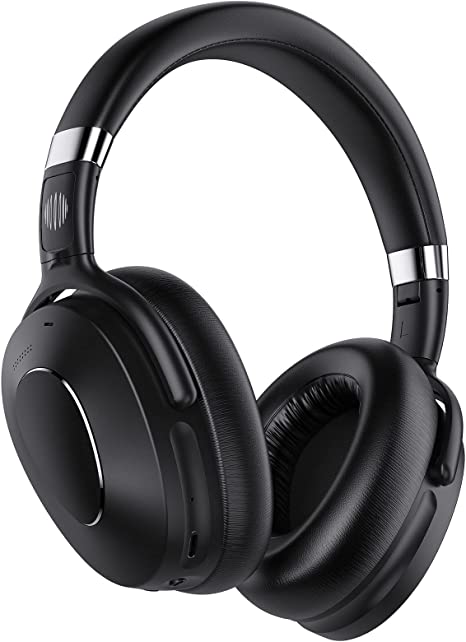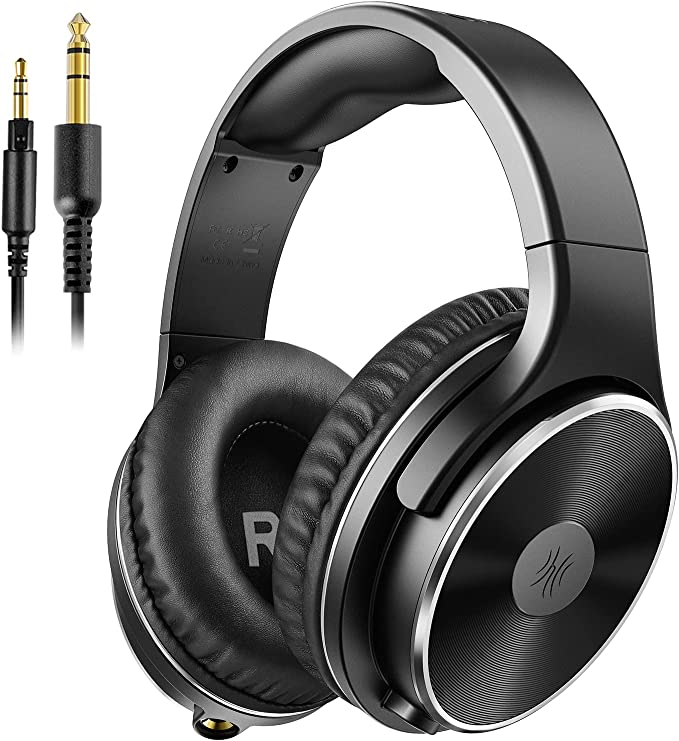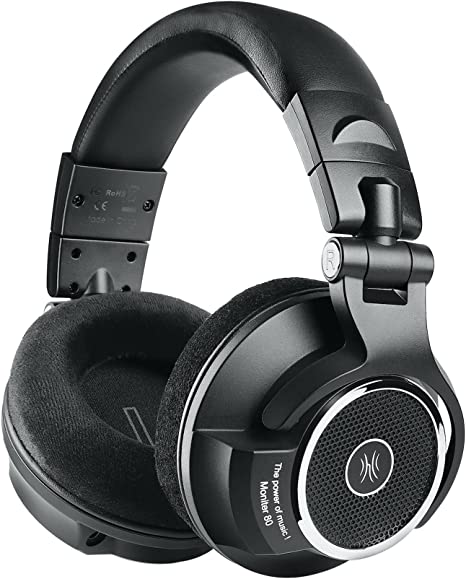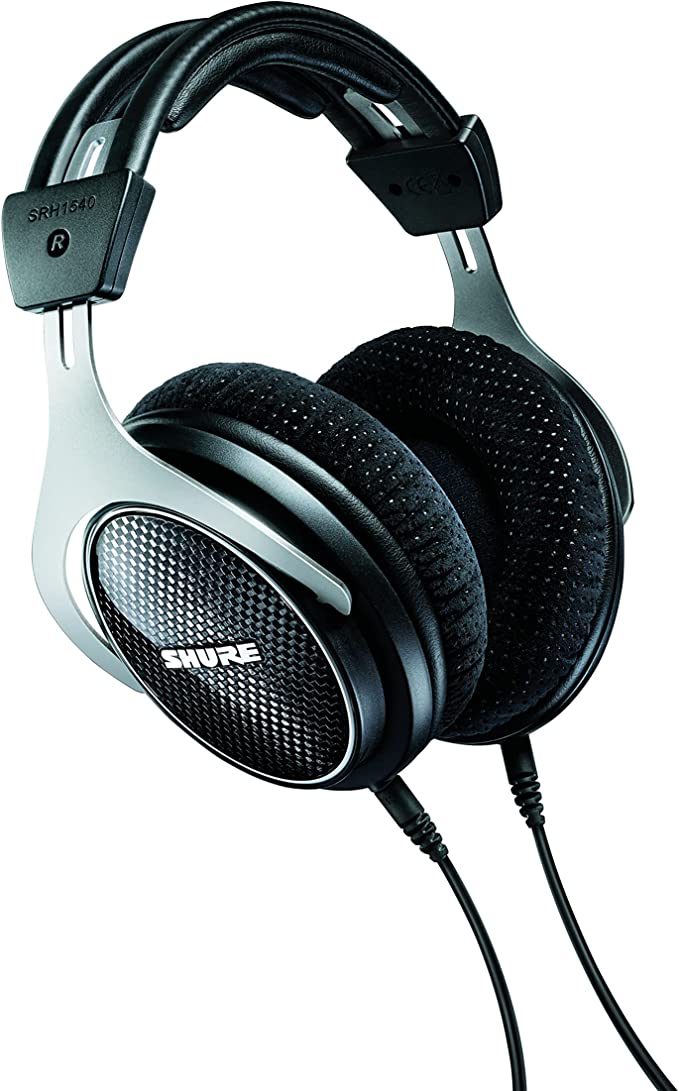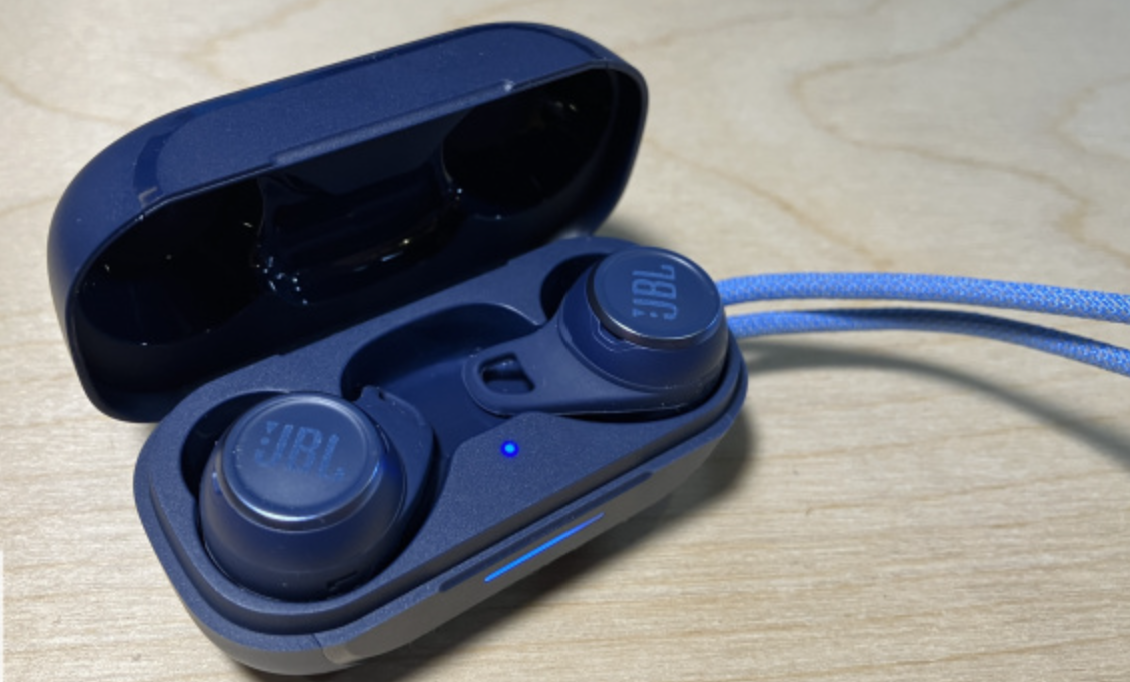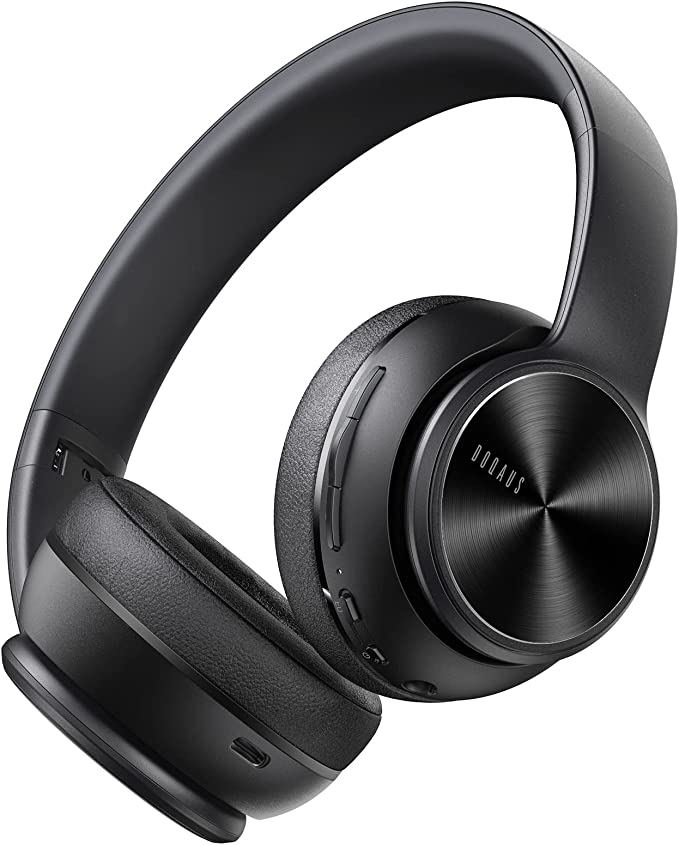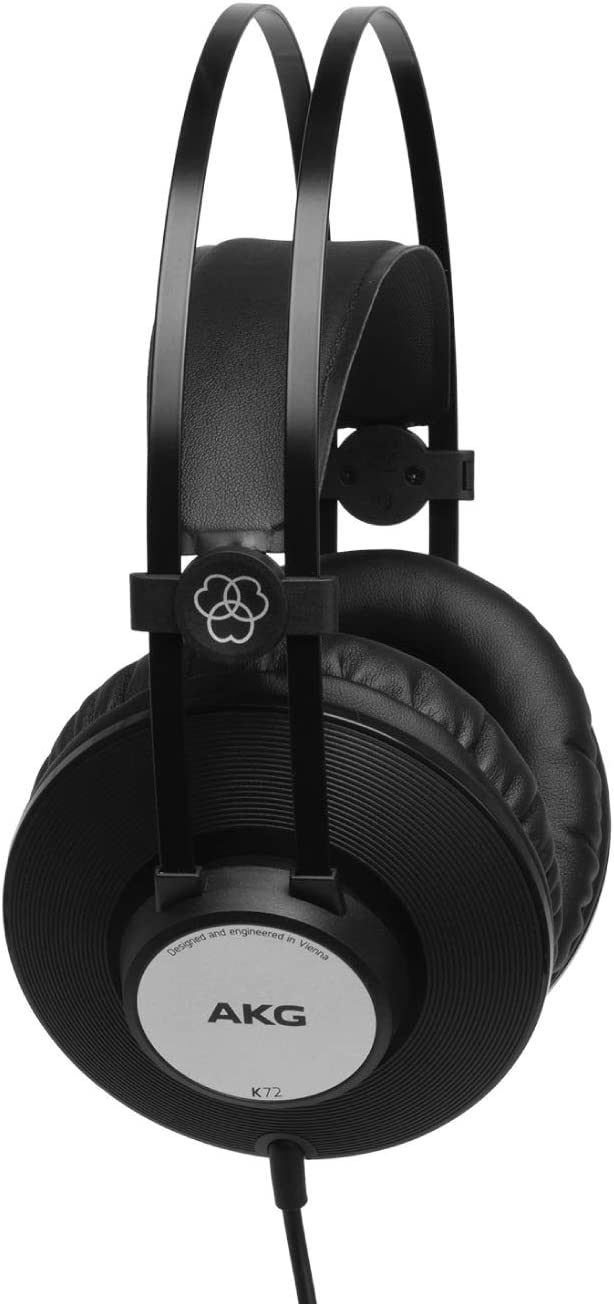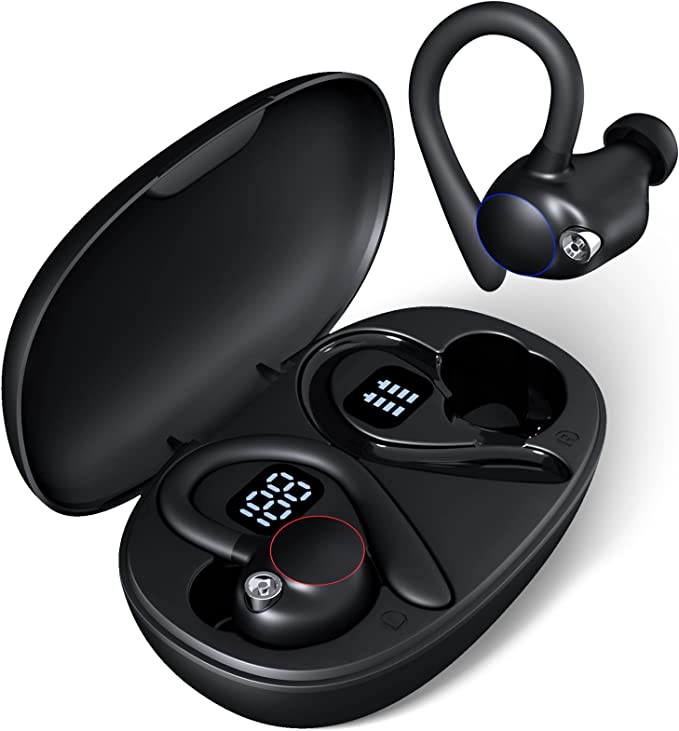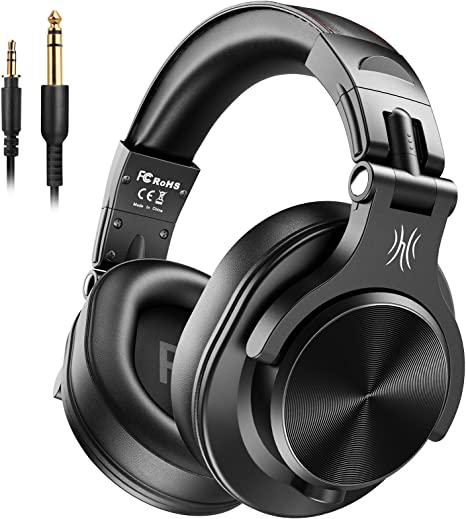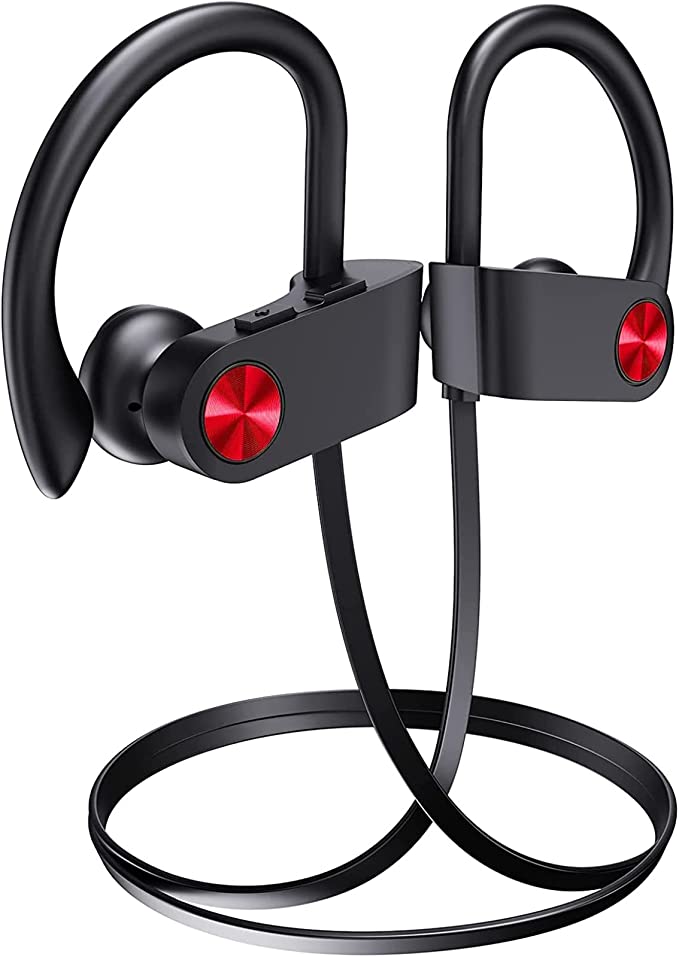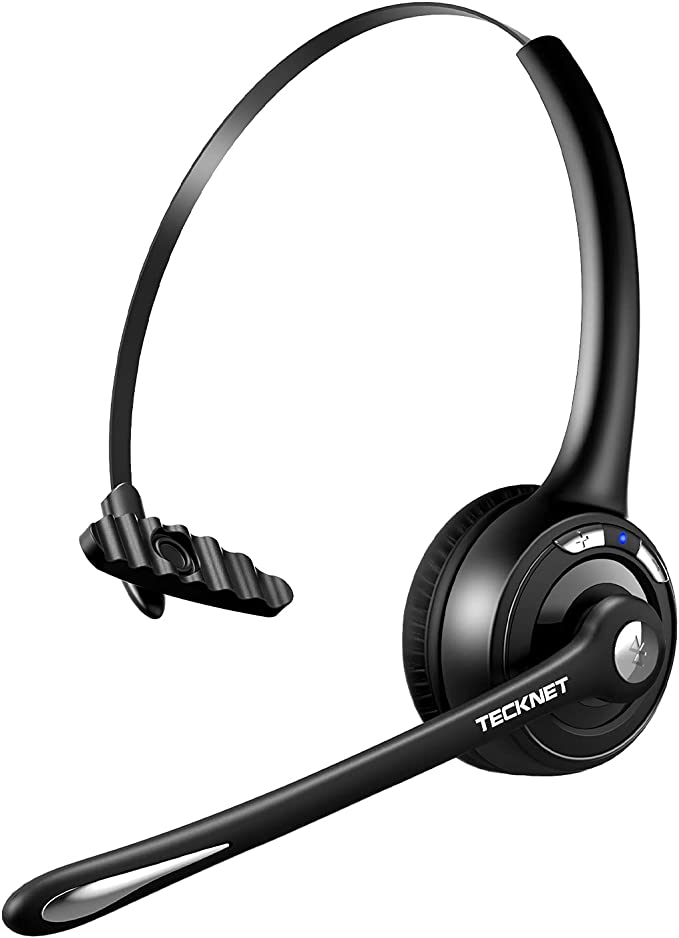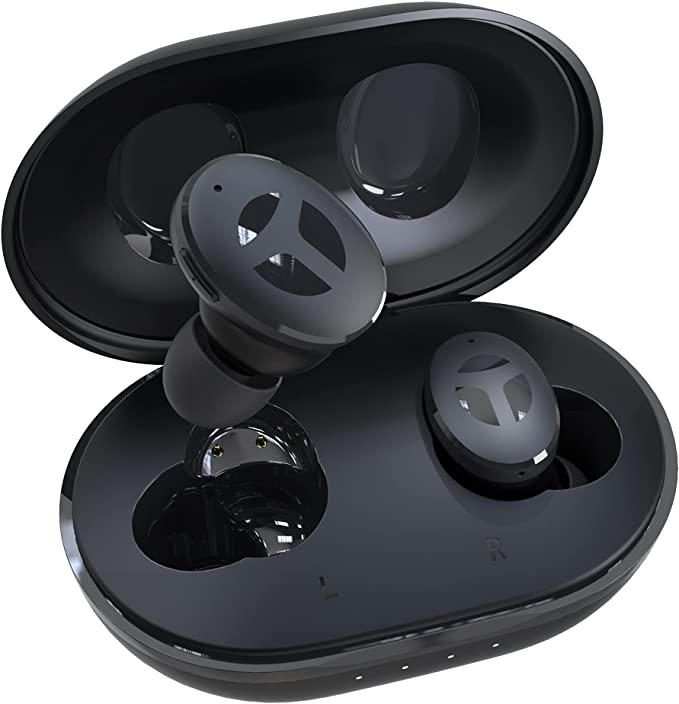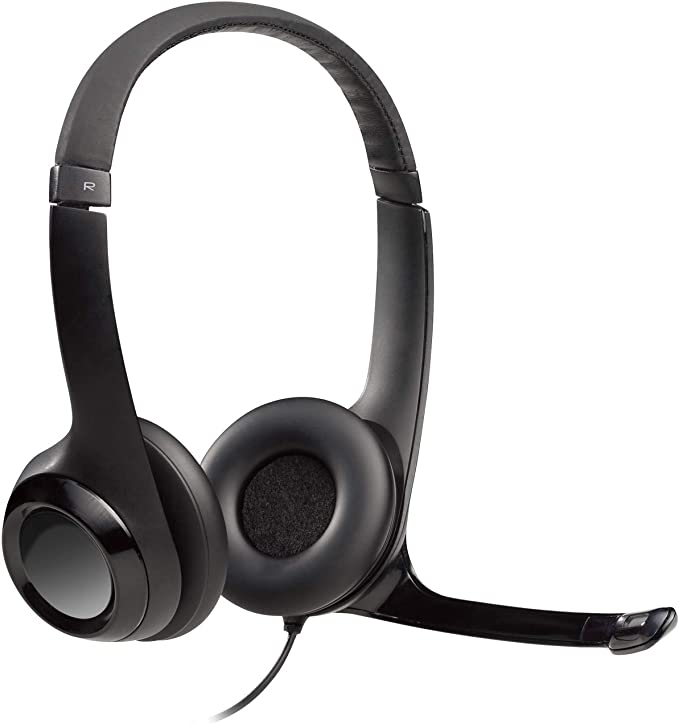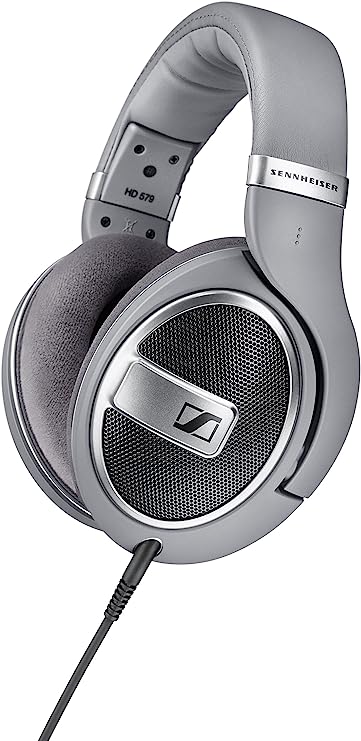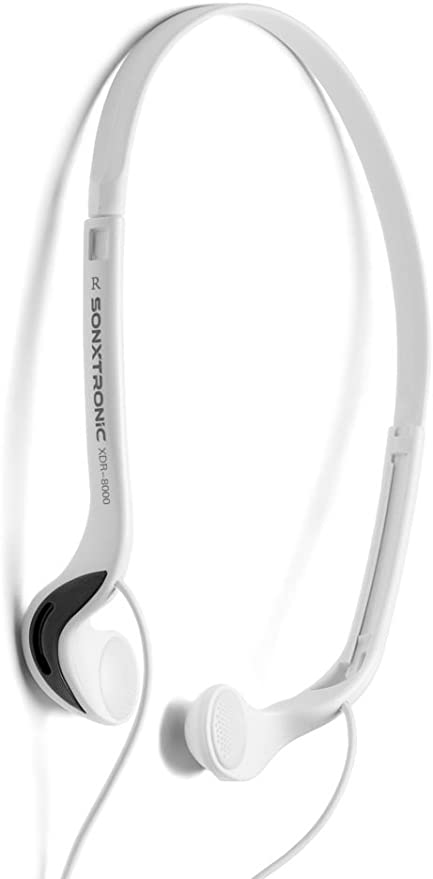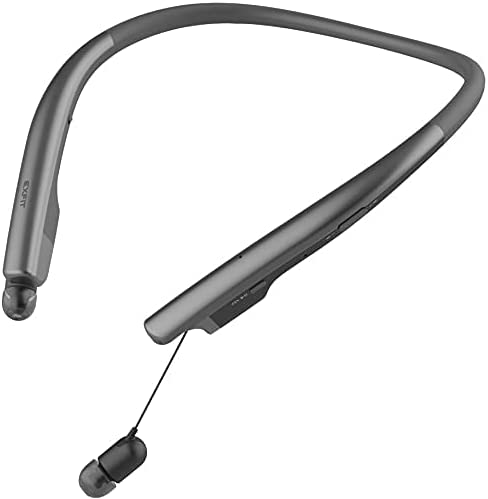The Unheard War: How Your Wireless Mic Fights a Battle Through Thin Air
Update on Sept. 5, 2025, 7:13 a.m.
At any major music festival, just behind the thunderous wall of sound, lies a hidden world of frantic, silent activity. It’s a place of screens, not speakers. On them, you won’t see musical notes, but pulsing, jagged waterfalls of colored light. This is the realm of the RF technician, and that screen displays the radio frequency spectrum—an invisible battlefield where hundreds of signals are locked in a chaotic struggle for existence.
In this electromagnetic storm, a guitarist’s wireless pack, the lead singer’s microphone, and dozens of in-ear monitors are all screaming for their own sliver of air. Add in the signals from local TV stations, security radios, and the thousands of smartphones in the audience, and the chaos intensifies. How, in the midst of this pandemonium, can the singer’s faintest whisper travel untouched, arriving at the mixing desk with absolute purity?
This isn’t magic. It’s the culmination of a century-long war waged by engineers against the fundamental laws of physics. And to understand the weapons we use today, we can look deep inside a modern system like Sennheiser’s Evolution Wireless Digital (EW-D). It serves as a perfect microcosm of this ongoing battle for clarity.

Echoes of a Ghostly Signal
The war began in the late 19th century, in a quiet German laboratory. Heinrich Hertz, using a device called a spark-gap transmitter, proved the existence of the invisible electromagnetic waves that James Clerk Maxwell had only theorized. Hertz showed you could send energy through the air. Soon after, Guglielmo Marconi turned that principle into a message, sending the first transatlantic radio signal. The world was forever changed, but transmitting the nuance of the human voice wirelessly remained a distant dream.
Early attempts in the mid-20th century were heroic but flawed. The first professional wireless microphones, like Shure’s “Vagabond” system from the 1950s, were bulky, tube-powered contraptions with limited range and a host of problems. Their greatest enemy was the very nature of their signal: analog.
An analog radio signal is a direct electrical copy of a sound wave. It’s elegant in its simplicity but tragically fragile. As it travels, it’s inevitably corrupted by stray electromagnetic fields from power lines, lighting rigs, and other radio sources. This corruption manifests as the familiar and dreaded hiss, crackle, and static. Every foot the signal travels, it’s like making a photocopy of a photocopy—the image grows fainter and dirtier. There is no way to fix it; the noise becomes part of the signal itself. For decades, this was the accepted, frustrating compromise of “cutting the cord.”
The Perfect, Unbreakable Code
The solution, when it came, was not from the world of radio, but from computing. It was the digital revolution. The principle is rooted in a beautifully elegant piece of mathematics known as the Nyquist-Shannon sampling theorem. In essence, it proves that any analog wave can be converted into a discrete series of numbers (digital data) with absolutely no loss of information, provided you sample it fast enough.
This is the game-changer. A modern digital system, like the EW-D, doesn’t transmit a fragile copy of the sound wave. Instead, its first job is to act as a hyper-fast transcriber. It samples the analog audio from the microphone tens of thousands of times per second, converting each tiny slice into a binary number—a string of 1s and 0s. This string of numbers is then broadcast.
The receiver’s job is no longer to struggle with a noisy, degraded wave. It is simply to read the code. As the product’s own description puts it, this process “eliminates noise, interference and static bursts.” The signal is either received perfectly, or not at all. There is no in-between, no gradual decay. The hiss is gone, vanquished by mathematics. The ghost in the machine has been exorcised.

Charting a Course on a Crowded Ocean
But having a perfect code is useless if you can’t get it delivered. The system must find a clear channel in that chaotic RF spectrum we saw backstage. Most professional systems, including the EW-D, operate in the UHF (Ultra-High Frequency) band. There’s a simple physics reason for this. UHF waves are shorter than VHF (Very-High Frequency) waves but longer than Wi-Fi or Bluetooth waves (which are in the gigahertz range). This Goldilocks wavelength gives them a sweet spot: they are long enough to bend and wrap around obstacles and human bodies (a phenomenon called diffraction) better than tiny Wi-Fi waves, yet short enough to use relatively small, efficient antennas.
This is where the real war is fought today. The UHF spectrum is a finite resource, and it’s getting more crowded every year as governments auction off portions of it for mobile data. This is the “spectrum crunch.” Finding an open channel is hard enough; coordinating dozens of them is an engineering nightmare because of a pernicious villain called intermodulation distortion (IMD).
Imagine you have two pure colors of paint, red and blue. If you keep them separate, they remain pure. But if you let them mix on the palette, they create a third, entirely new color: purple. Intermodulation is the radio-frequency equivalent. When the signals from two or more transmitters pass through a non-linear component (like an amplifier stage in a receiver), they mix, creating new “ghost” frequencies. These ghost frequencies can land directly on top of one of your active channels, causing a catastrophic dropout.
For decades, the only solution was painstaking manual calculation. Audio techs used complex charts to find frequency combinations that wouldn’t produce destructive intermodulation products. It was a black art.
The engineering in the EW-D represents the modern counter-attack. Its internal components are designed for exceptional linearity, which is like having a palette that prevents the paints from ever mixing. This breakthrough allows for what Sennheiser calls an “equidistant tuning grid.” Instead of complex, irregular spacing, you can simply line up your channels in a neat, evenly spaced grid, just 600 kHz apart. This simple-sounding feature is a profound victory. It dramatically increases the number of channels you can fit into a given slice of spectrum—up to 90 channels in 56 MHz of bandwidth—and it allows the system’s “Automated setup” to instantly find and allocate clean channels without fear of creating ghosts. It turned a black art into a science.

Capturing the Thunder and the Tear
With the signal path secured, the final challenge is to capture the performance itself with absolute fidelity. The most crucial specification here is the “134 dB audio input dynamic range.”
Dynamic range is the gap between the quietest possible sound and the loudest possible sound a system can handle. The decibel (dB) scale is logarithmic, so 134 dB represents an immense range of acoustic energy—from the sound of a pin dropping to well beyond the threshold of pain. This is made possible by high-resolution 24-bit digital processing. Think of it like a digital camera’s sensor: more bits are like more megapixels for amplitude, allowing you to capture extreme detail in both the darkest shadows and brightest highlights of a soundscape without it turning into pure black (noise) or pure white (distortion).
The practical result is a liberation for both the artist and the engineer. A singer can go from an intimate, breathy whisper to a full-throated roar without overloading the transmitter’s input. The engineer doesn’t have to nervously ride the gain knob, praying the performer doesn’t suddenly get louder. The technology is robust enough to capture the full, raw emotion of the performance, preserving every last drop of its dynamics.
The Engineer in Your Pocket
The final evolution in this long war is not in hardware, but in software. The complexity of RF physics and frequency coordination, once the exclusive domain of highly-trained specialists, is now being managed by smartphone apps via Bluetooth. The EW-D’s mobile app automates the entire setup process, turning that chaotic waterfall of signals into a simple, stable list of channels on your phone.
It’s a remarkable testament to progress. Yet, as one user review astutely pointed out after a failed firmware update “bricked” their receiver, this new paradigm introduces its own fragility. We have conquered the physical ghosts of analog static, but now we face the digital ghosts of corrupted code and software bugs.
The battle for pure wireless sound is far from over. It has simply moved to a new front. As the spectrum becomes ever more crowded, the future lies in even smarter systems—cognitive radios that can sense and adapt to their environment in real-time, using AI to predict and dodge interference before it even happens. The war continues, waged silently in the air all around us, all to ensure that when a voice chooses to speak, it is heard with perfect clarity.














